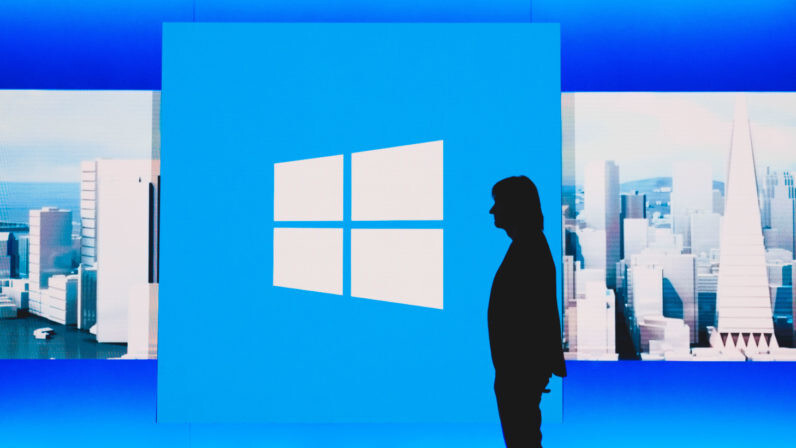
The Universal Windows Platform, UWP for short, was supposed to be the future of Windows. Back when Microsoft still had aspirations for Windows to be a major mobile OS, UWP apps were supposed to be able to function on desktops, tablets, and phones alike. Yet over the years, developers largely stuck to the tried and trusted Win32 platform.
Now it seems Microsoft is getting rid of UWP altogether. As spotted by Paul Thurrott, a session for the company’s upcoming online-only Build conference will explain “how the Windows app platform is evolving and unifying Win32 and UWP” under the WinUI framework. Another session describes how:
“WinUI is Microsoft’s UI framework of the future for every app on Windows, designed to work in both Universal (UWP) and Desktop (Win32) apps. Come learn how WinUI provides a path forward for every Windows Developer, whether you’re using WinForms, WPF, MFC, native or .NET, and more!”
The longstanding fragmentation within Windows has left some developers frustrated compared to the more streamlined vision behind Apple and Google software. Unfortunately the information we have now doesn’t tell us much about the specifics of Microsoft’s plans, but hopefully Build will provide a clearer picture when it begins May 19.
Get the TNW newsletter
Get the most important tech news in your inbox each week.




